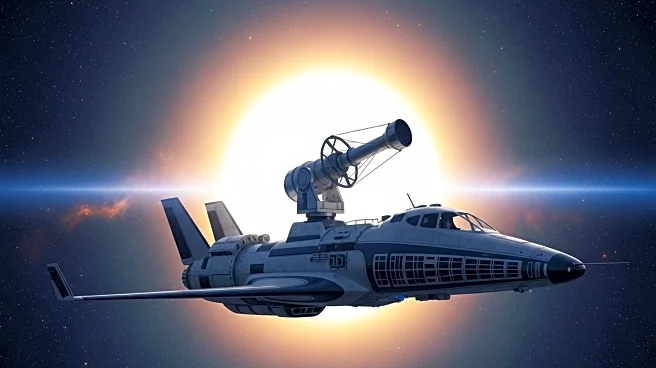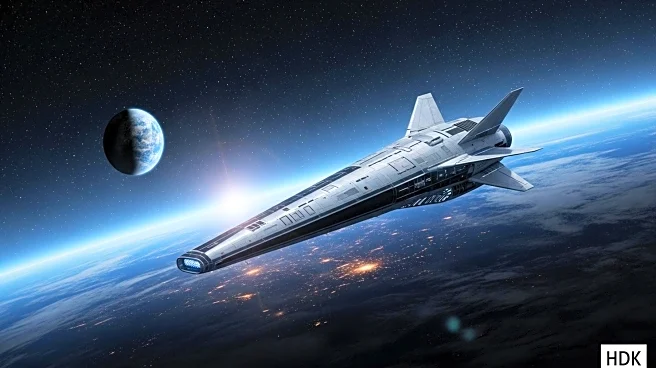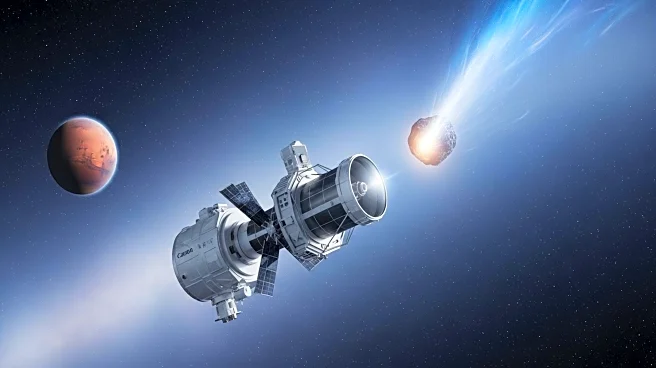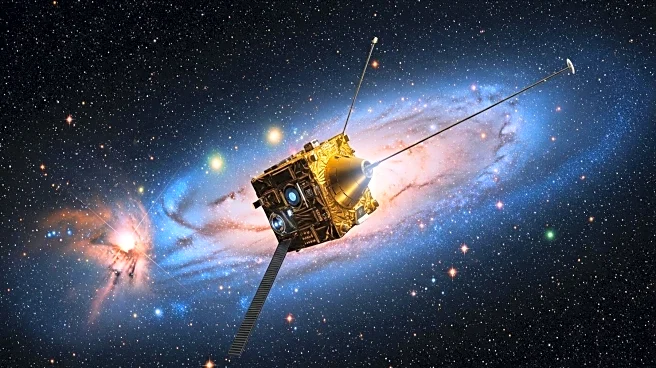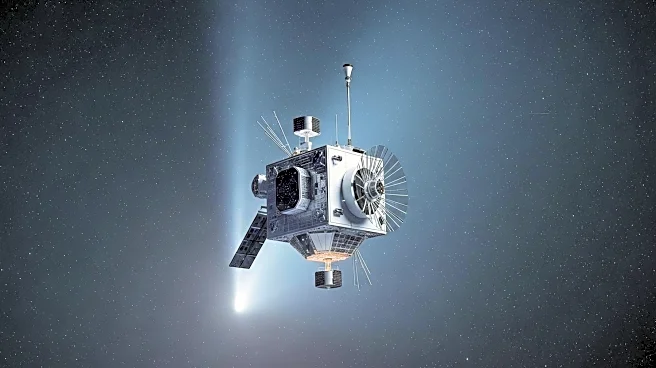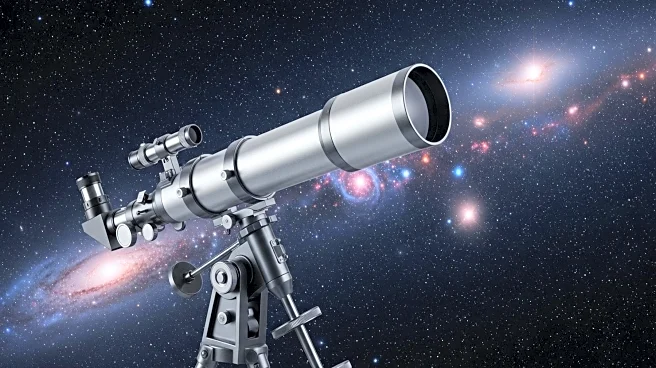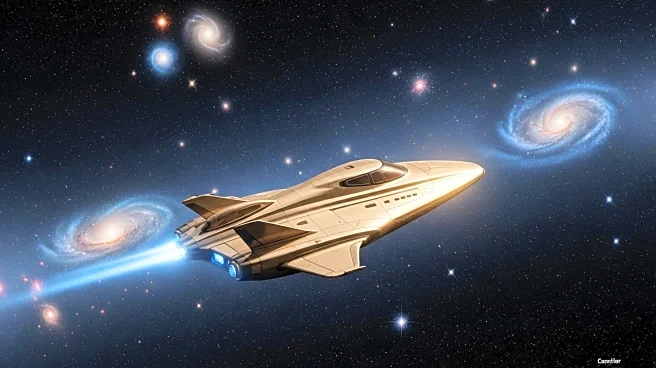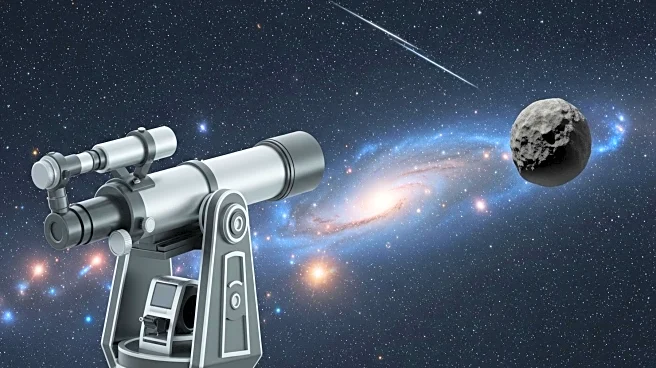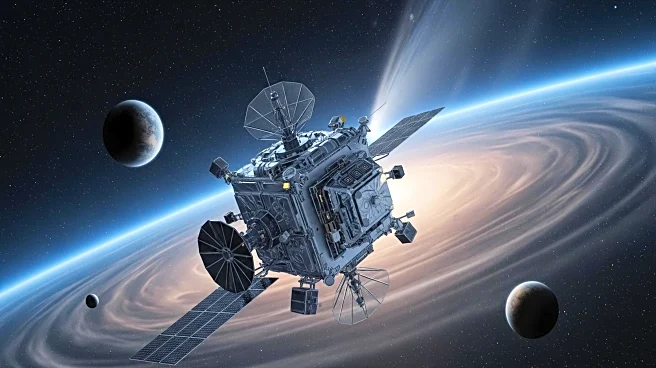What's Happening?
NASA's Voyager 1, launched in 1977, has made a groundbreaking discovery at the edge of our solar system. The spacecraft, which has traveled farther than any other human-made object, has encountered a mysterious 'wall of fire' at the heliopause, the boundary where the sun's influence ends. This region, characterized by superheated plasma and extreme temperatures ranging from 30,000 to 50,000 Kelvin, marks the transition from the solar system to interstellar space. Voyager 1's instruments have recorded unexpected changes in particle density and magnetic fields, revealing a turbulent frontier rather than a smooth transition. This discovery provides new insights into the dynamics at the solar system's boundary.
Why It's Important?
The findings from Voyager 1 are significant as they enhance our understanding of the heliopause, a critical boundary that protects our solar system from interstellar radiation. The discovery of the 'wall of fire' and the complex interactions at this boundary could have implications for future space exploration and the safety of spacecraft venturing beyond the solar system. Understanding these dynamics is crucial for predicting how our solar system interacts with the galaxy and could inform the design of future missions aimed at exploring interstellar space. This research also contributes to our broader understanding of how stars and their planetary systems interact with the galactic environment.

